Table of contents
| 学名 | 仓鼠(Selenicereus) |
|---|---|
| 家庭 | 仙人掌科 |
| 来源 | 中美洲 |
| 最大高度 | 3米 |
| 最大直径 | 30厘米 |
| 荆棘的数量 | 20 a 30 |
| 花的颜色 | 红色、黄色或橙色 |
| 开花期 | 春季和夏季 |
| 水果的种类 | 多汁的果肉 |
| 每个果实的种子 | 100 a 200 |
| 生命周期 | 多年生 |
仙人掌是一种属于仙人掌科的植物。 它是一种攀援的多汁仙人掌,高度可达6米。 这种植物的花是黄色的,有香味,它原产于中美洲和南美洲。
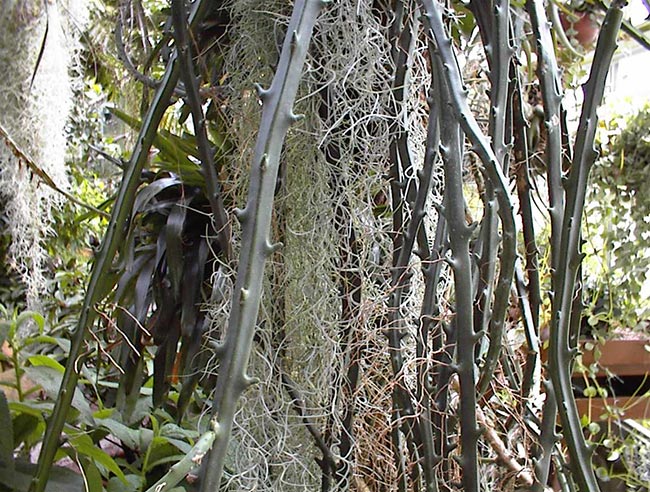
下面是关于如何种植西纳仙人掌的7个技巧:
简介
西尼亚仙人掌是 攀援的肉质植物 属于仙人掌科,原产于中美洲和南美洲,高度可达6米。 这种植物的花是黄色的,有香味。
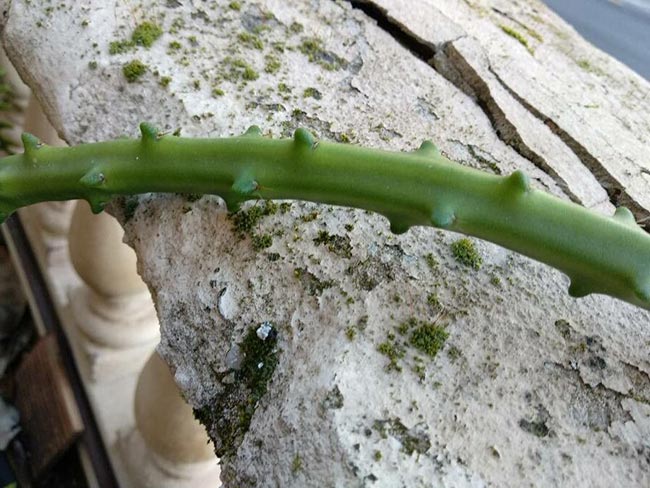
什么是西尼亚仙人掌?
仙人掌是一种属于仙人掌科的攀援肉质植物。 它原产于中美洲和南美洲,高度可达6米。 这种植物的花是黄色的,有香味。
如何种植铃铛花(灯笼花)[Abutilon pictum]。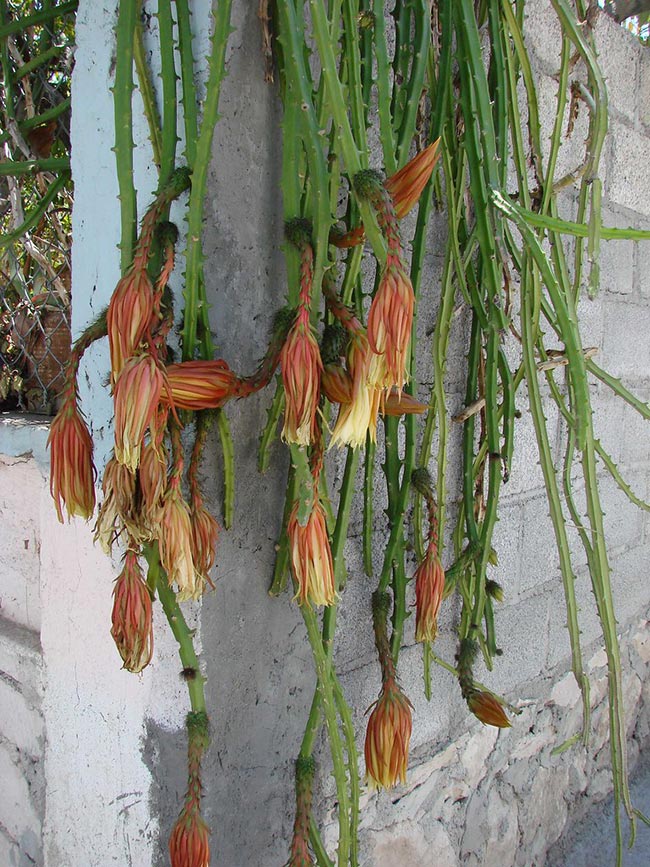
仙人掌的养护
仙人掌的养护非常简单。 它需要大量的阳光,但它不耐受强烈的阳光直射。 理想情况下,该植物应暴露在上午或下午的阳光下。 该植物的理想温度为15ºC至25ºC。
仙人掌还需要良好的排水性,以避免植物底部积水,从而导致根部腐烂,因此使用排水性良好的基质,如粗沙或珍珠岩,是很重要的。
浇水要有节制,只在基质干燥时浇水。 过多的水也会导致根部腐烂,所以重要的是不要浸泡植物。
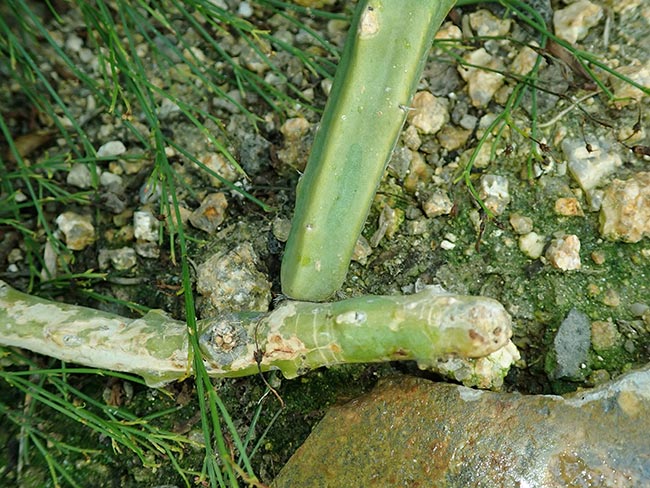
种植 "sianinha "仙人掌
要种植青色仙人掌,你将需要:
- 1个粘土盆,底部有排水孔;
- 1勺粗沙或珍珠岩;
- 1把牛粪;
- 1株仙人掌。
第一步是准备好花盆,在底座上打上排水孔。 然后在花盆底部加入粗沙或珍珠岩。 再加入牛粪,与粗沙或珍珠岩混合均匀。
最后,将植物放入盆中,用基质覆盖根部,然后给植物浇水,并将其放在有充足阳光的地方。
See_also: 如何种植艳丽? 栽培和护理(Pilea Microphylla)。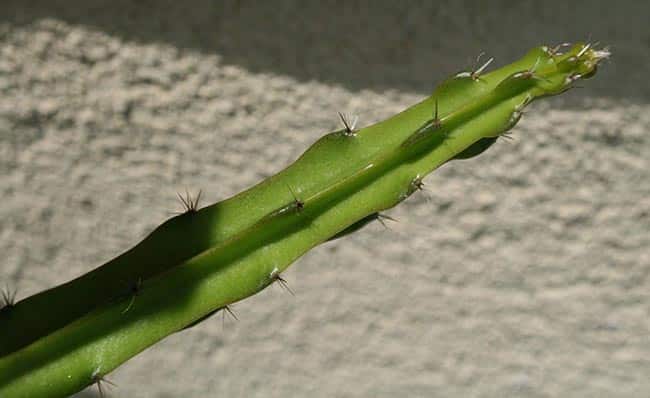
栽种仙人掌的技巧
- 使用底座上有孔的粘土盆,以便排水;
- 在盆底放上粗沙或珍珠岩;
- 在基质中加入牛粪;
- 只在基质干燥时给植物浇水;
- 将植物放在有充足阳光的地方。
1.什么是西亚尼哈仙人掌?
仙人掌是仙人掌科植物,原产于中美洲和墨西哥。 它是一种攀援植物,有长而尖的刺,长度可达6米。 它的花是世界上最大的仙人掌花,直径可达30厘米,呈黄色或橙色。 它的果实是圆形,黄色,可食用。
如何种植菠菜 - Spinacia oleracea - 一步一步来(照顾)。2.如何照料仙人掌?
要照料仙人掌,你需要一个排水良好的花盆和富含有机物的基质。 只有在土壤干燥时才给植物浇水,每月给它施一次液体有机肥。 仙人掌还需要充足的阳光直射才能生长良好。 如果你生活在冬季寒冷的地区,你可以在室内种植这种植物,但记住要把它放在一个地方光线充足。
3.什么时候是种植仙人掌的最佳时机?
种植仙人掌的最佳时间是3月和4月之间,此时气温开始升高。 然而,你可以在一年中的任何时候种植,只要在光线充足的地方就可以。
4.仙人掌和其他类型的仙人掌有什么区别?
仙人掌是一种攀援植物,而其他大多数仙人掌是灌木或乔木。 此外,仙人掌有长而尖的刺,而其他大多数仙人掌有短而圆的刺。 仙人掌还拥有所有仙人掌中最大的花,直径可达30厘米。
5.为什么仙人掌被认为是一种药用植物?
仙人掌因其抗炎和抗菌特性而被认为是一种药用植物。 此外,该植物还富含维生素A、C和E,对皮肤健康很重要。 该植物的果实也可食用,可用于制作茶和果汁。
6.我如何在家中使用仙人掌?
你可以用仙人掌来装饰你的家、花园或阳台。 这种植物非常适合种植在花盆里,因为它需要排水良好的基质。 此外,仙人掌也可以种植在垂直花园或花架上。
如何种植Maria Fumaça? Pellionia repens的护理7.我在哪里可以买到仙人掌?
你可以在花园商店或苗圃购买仙人掌,也可以在网上或园艺产品专门店购买这种植物的种子。
See_also: 如何一步一步地种植Catasetum macrocarpum兰花!8.一棵仙人掌的价格是多少?
仙人掌的价格根据植物的大小和年龄而变化。 成年植物的价格在30至50雷亚尔之间,而年轻的植物价格在10至20雷亚尔之间。
9.西尼亚仙人掌是什么品种?
仙人掌的学名是Selenicereus hamatus,属于仙人掌科。
10.是否有与仙人掌同科的其他仙人掌品种?
❤️eus的朋友们正在享受它:
